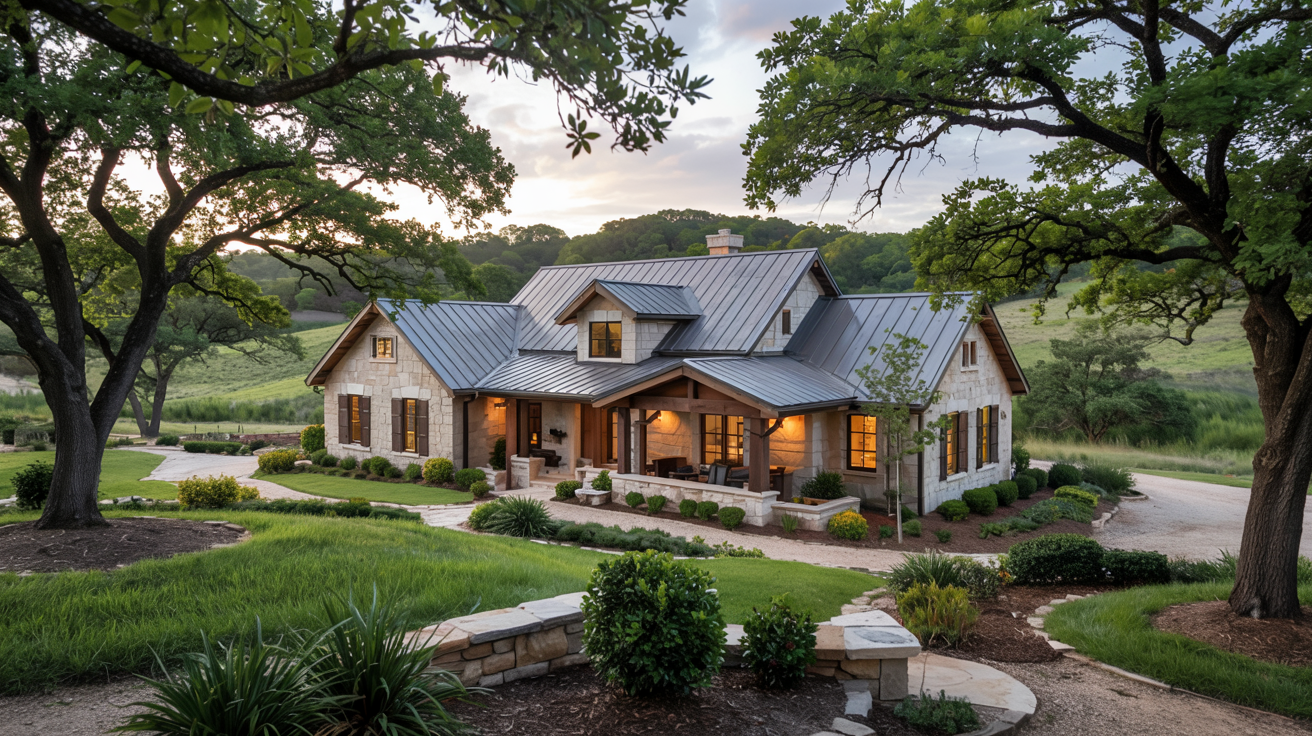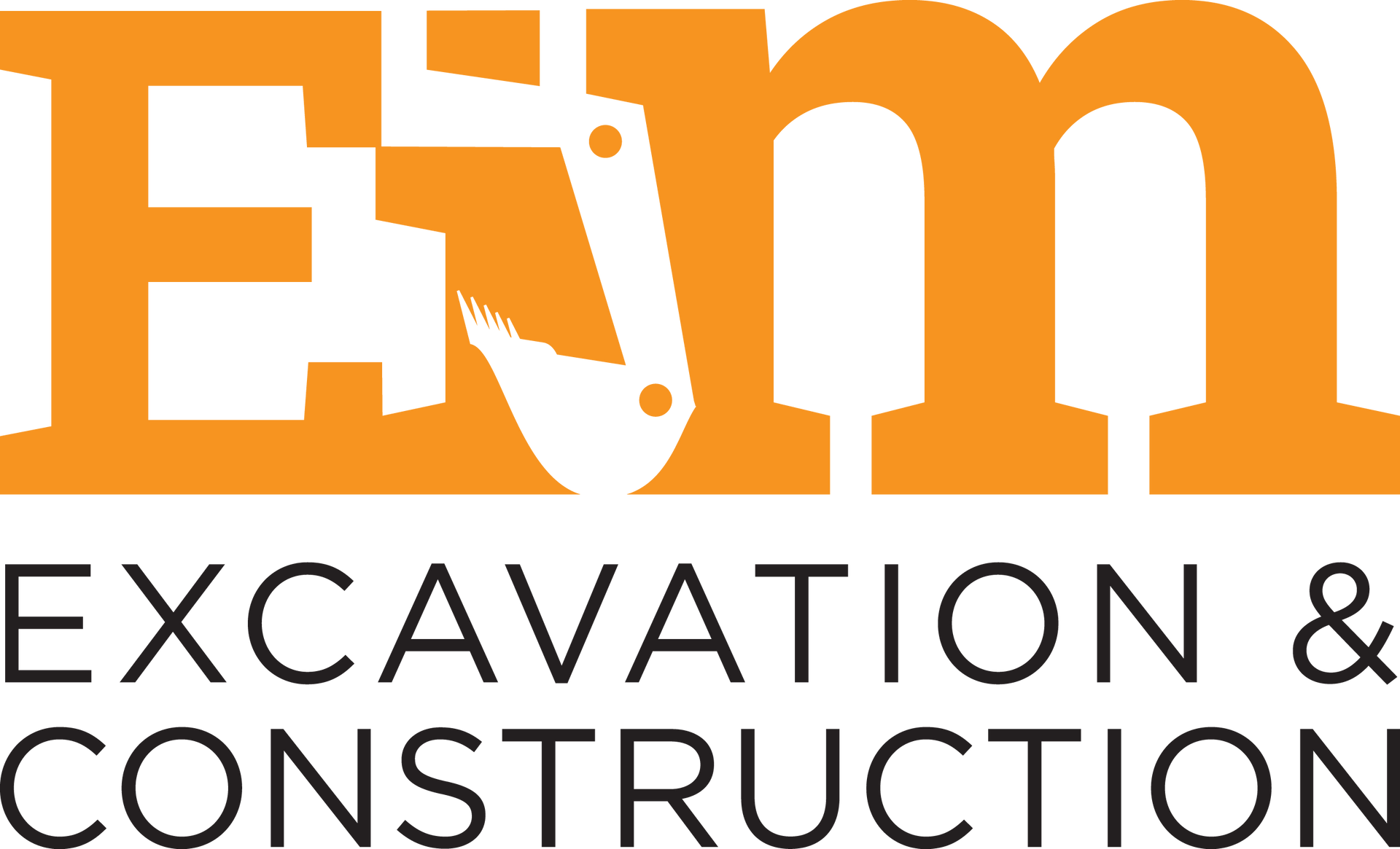Rough Grading Contractor: Site Prep Essentials
Why Every Construction Project Needs the Right Rough Grading Contractor
When I first started Earth in Motion back in 2005, one thing became crystal clear: finding the right rough grading contractor can make or break your entire construction project. After two decades in this business and countless projects across Texas and Colorado, I've seen what happens when property owners try to cut corners or hire inexperienced crews for their earthwork. The foundation of every successful build starts with proper rough grading, and that's exactly what we specialize in here at Earth in Motion.
Let me walk you through everything you need to know about rough grading and why choosing the right contractor matters so much for your project's success.
Understanding What Rough Grading Really Means for Your Property
Think of rough grading as sculpting your land into the basic shape it needs before any construction begins. When we take on a rough grading project, we're essentially reshaping the entire landscape to create the right elevations, slopes, and drainage patterns your project requires.
Here's what happens during the rough grading process:
- Site assessment and planning: We survey your property to understand existing conditions and determine how much soil needs to be moved
- Cut and fill operations: We remove soil from high areas (cutting) and add it to low areas (filling) to create level building pads
- Drainage establishment: We shape the land to direct water away from structures and prevent future flooding problems
- Foundation preparation: We create stable, properly compacted surfaces where buildings, roads, or other structures will be placed
During my military service and early construction days in Colorado, I learned that the mountain terrain there taught me valuable lessons about managing challenging topography. Those skills translate perfectly to the varied landscapes we work with here in Austin and throughout Texas.
The Critical Difference Between Rough Grading and Final Grading
Many property owners get confused about the difference between rough grading and final grading, so let me break it down for you. Rough grading is the heavy lifting phase where we move massive amounts of earth with large equipment like excavators and bulldozers. We're creating the basic shape and elevation your project needs.
Final grading comes later, after other construction work is done. That's when we smooth everything out, add topsoil, and prepare surfaces for landscaping or pavement. Think of rough grading as framing a house and final grading as putting on the finishing touches.
The timing matters enormously. We typically complete rough grading early in the construction timeline, right after site clearing but before foundations are poured or utilities are installed. This sequence prevents damage to finished surfaces and ensures proper drainage from day one.
How Earth in Motion Approaches Every Rough Grading Project
When you work with us at Earth in Motion, you're getting more than just earthmoving services. You're getting a systematic approach that I've refined over twenty years of solving drainage problems, foundation issues, and site preparation challenges.
Our Site Assessment Process
Every project starts with a thorough site evaluation. We examine your property's existing drainage patterns, soil conditions, and topography. I personally walk every site because you can't understand the land's personality from behind a desk. The way water moves across your property during different seasons, the soil composition changes from one area to another, and the existing vegetation all tell a story about what your land needs.
In Austin, we deal with everything from the rocky Hill Country terrain to the clay soils that expand and contract with moisture. Each soil type requires different techniques and equipment approaches, which is why experience matters so much in this business.
Planning for Proper Drainage
Here's something I learned the hard way early in my career: water always wins . If you don't plan for proper drainage during rough grading, you'll be dealing with expensive problems later. Water damage to foundations, erosion issues, and flooding problems all stem from poor initial grading decisions.
We design drainage solutions that work with your land's natural tendencies rather than fighting against them. This includes:
- Creating swales and berms that direct water flow safely away from structures
- Establishing proper slopes that prevent water pooling while avoiding erosion
- Planning for both everyday rainfall and extreme weather events
- Coordinating with future landscaping and hardscaping plans
Equipment and Expertise That Makes the Difference
The right equipment in experienced hands transforms challenging sites into workable building pads. At Earth in Motion, we maintain our own fleet of specialized earthmoving equipment because reliability and precision matter when you're reshaping large amounts of soil.
Why Equipment Ownership Matters
When contractors rent equipment for each project, you're taking unnecessary risks with your timeline and budget. Rental equipment might not be available when weather windows open up, or it might not be properly maintained. We own and maintain our equipment because we know exactly how each machine performs and what it can handle.
Our equipment lineup includes excavators for precision work, bulldozers for moving large volumes of soil, and compaction equipment to ensure stable building surfaces. Each piece serves a specific purpose in creating the foundation your project needs.
The Value of Experience in Complex Terrain
Every site presents unique challenges, and that's where two decades of problem-solving experience pays off for our clients. I've worked on mountain properties in Colorado where we had to import all the soil, and I've tackled Austin-area projects where we're dealing with limestone bedrock just below the surface.
Experience teaches you to read the land and anticipate problems before they become expensive headaches. When we encounter unexpected rock formations or discover drainage issues that weren't apparent in initial surveys, we adapt quickly with solutions that keep your project on track.
Navigating Permits and Regulatory Requirements
One area where many property owners get caught off guard is the permit and inspection process for grading work. Different municipalities have different requirements, and staying compliant is crucial for avoiding costly delays or rework.
Understanding Local Grading Regulations
In the Austin area, we work with multiple jurisdictions, each with their own grading standards and inspection requirements. Some projects need engineered grading plans, others require stormwater management plans, and most need multiple inspections during the work process.
We handle the coordination with local inspectors and ensure our work meets all applicable codes. This includes proper documentation, soil testing when required, and scheduling inspections at the right project milestones. Having this regulatory knowledge prevents surprises that could derail your construction timeline.
Why Compliance Matters for Your Project
Proper permits and inspections aren't just bureaucratic hurdles – they're protection for your investment. When grading work meets engineering standards and passes official inspections, you have documentation that the foundation preparation was done correctly. This matters for insurance purposes, future property sales, and avoiding liability issues if problems develop later.
We maintain detailed records of all our work, including before and after surveys, soil test results, and inspection certificates. This documentation becomes part of your property's permanent record.
What Drives Rough Grading Project Costs
Understanding the factors that influence rough grading costs helps you make better decisions and avoid budget surprises. The price you pay depends on several key variables that we evaluate during our initial site assessment.
Site Conditions and Accessibility
The biggest cost driver is usually the volume of soil that needs to be moved and how difficult it is to access your site. Properties with steep slopes, limited access routes, or challenging soil conditions require more time and specialized equipment approaches.
For example, rocky terrain requires different techniques than clay soils. Sites where we can balance cut and fill operations (using soil from high areas to fill low areas) are more cost-effective than projects requiring soil import or export.
Project Complexity and Timing
Complex drainage requirements, multiple building pads, or coordination with other construction trades can affect project costs. Weather conditions also play a role – clay soils become difficult to work with when wet, which can affect scheduling and efficiency.
We provide detailed estimates that break down the factors affecting your specific project. This transparency helps you understand exactly what you're paying for and why certain approaches make the most sense for your situation.
Common Mistakes to Avoid When Choosing a Grading Contractor
After seeing the aftermath of poor grading work on numerous properties, I want to share some red flags that should make you think twice about a contractor.
Warning Signs of Inexperienced Contractors
Be cautious of contractors who can't explain their drainage plan clearly or don't want to discuss soil conditions and compaction requirements. Rough grading isn't just about moving dirt around – it's about creating stable, properly drained surfaces that will support your construction for decades.
Other warning signs include:
- Unwillingness to discuss permit requirements or inspection processes
- Quotes that seem significantly lower than others without clear explanations
- Lack of proper licensing, insurance, or bonding
- No references from similar projects in your area
- Pressure to start work immediately without proper planning
The Importance of Local Experience
Soil conditions, weather patterns, and regulatory requirements vary significantly from region to region. A contractor who's worked extensively in your local area understands these variables and can plan accordingly.
Here in Texas, we deal with everything from expansive clay soils that require special handling to caliche formations that need specific excavation techniques. This local knowledge prevents costly surprises and ensures your grading work stands the test of time.
Why Earth in Motion is Your Best Choice for Rough Grading
As a service-disabled veteran-owned business, we bring military precision and attention to detail to every earthmoving project. Our commitment to quality and integrity isn't just a business philosophy – it's a way of life that I learned during my military service and continue to practice today.
We've successfully completed rough grading projects across diverse terrain types and challenging site conditions. Whether you're building a custom home, developing commercial property, or creating that perfect pond location, we have the expertise and equipment to prepare your site correctly the first time.
Our approach combines advanced planning, proper equipment, and meticulous execution to deliver results that exceed expectations. We understand that your rough grading work is the foundation for everything that follows, and we take that responsibility seriously.
When you're ready to move forward with your construction project, choosing the right rough grading contractor sets the stage for success in every phase that follows.
Frequently Asked Questions About Rough Grading Services
What's the difference between rough grading and final grading for my property?
Rough grading is the heavy earthmoving phase where we reshape your land's basic topography using large equipment like excavators and bulldozers. We create the fundamental elevations, slopes, and drainage patterns your project needs. This happens early in construction, right after site clearing but before foundations or utilities. Final grading comes much later - after other construction is complete - when we smooth surfaces, add topsoil, and prepare for landscaping. Think of rough grading as creating your property's skeleton, while final grading adds the finishing touches.
How do you handle permits and inspections for grading work?
At Earth in Motion, we coordinate all permit requirements and inspection processes with local jurisdictions throughout Texas and Colorado. Different municipalities have varying grading standards, and we ensure compliance with engineered grading plans, stormwater management requirements, and soil testing protocols when needed. We schedule inspections at proper project milestones and maintain detailed documentation including before-and-after surveys and inspection certificates. This regulatory expertise prevents costly delays and ensures your grading work meets all applicable codes for your protection.
What factors determine the cost of my rough grading project?
Several key variables influence rough grading costs, starting with site accessibility and soil conditions. Properties with steep slopes, limited equipment access, or challenging terrain like rocky Hill Country formations require specialized approaches. The volume of soil movement matters significantly - projects where we can balance cut-and-fill operations using existing soil are more cost-effective than those requiring import or export. Project complexity, drainage requirements, multiple building pads, and weather conditions affecting clay soil workability also impact pricing. We provide detailed estimates breaking down these factors specific to your Austin-area property.
How do you ensure proper drainage during rough grading?
Proper drainage planning is critical because water damage to foundations and erosion problems stem from poor initial grading decisions. We design drainage solutions that work with your land's natural water flow patterns rather than fighting them. This includes creating swales and berms directing water safely away from structures, establishing slopes that prevent pooling while avoiding erosion, and planning for both regular rainfall and extreme weather events. Our site assessment examines existing drainage patterns across your property during different seasons, and we coordinate drainage plans with future landscaping and hardscaping elements.
Why should I choose Earth in Motion for my rough grading project?
As a service-disabled veteran-owned business with twenty years of experience, we bring military precision to every earthmoving project across Texas and Colorado. We own and maintain our specialized equipment fleet, ensuring reliability and eliminating rental delays that plague other contractors. Our systematic approach includes thorough site assessment, proper drainage planning, and regulatory compliance coordination. We've successfully handled diverse terrain from Austin's expansive clay soils to Colorado's mountain topography, giving us unique expertise in managing challenging site conditions. Our commitment to quality means your rough grading becomes the solid foundation for everything that follows in your construction project.



